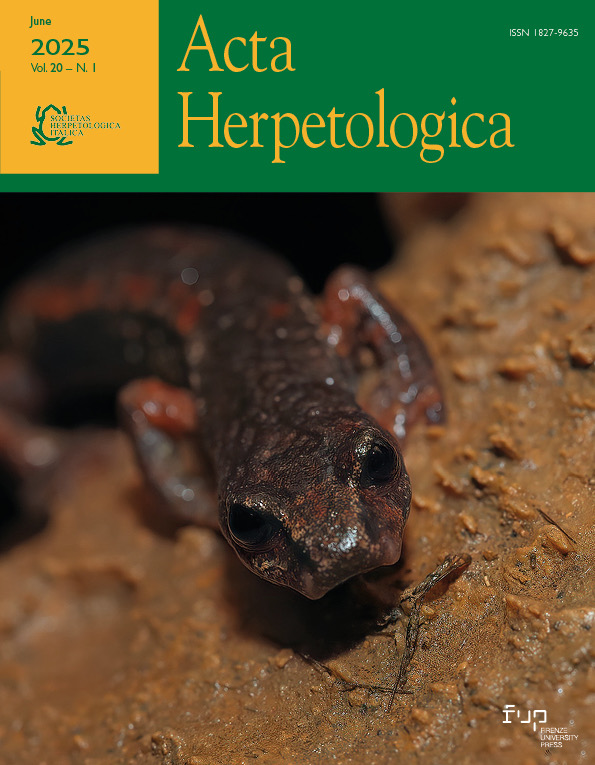These findings suggest that gut microbiomes of lower vertebrates harbor numerous uncharacterized bacterial species with exceptional therapeutic potential. Leer más.







These findings suggest that gut microbiomes of lower vertebrates harbor numerous uncharacterized bacterial species with exceptional therapeutic potential. Leer más.

This study provided a reliable and non-invasive method that allows to estimate the body condition for terrestrial salamanders of the genus Speleomantes. Leer más.

The aim of this study was to compare the hatching success of naturally vs artificially incubated E. orbicularis eggs and further artificially reared hatchling survival during their first year. Leer más.

Our findings highlight the need for expanded surveillance and pathogen monitoring in threatened anuran populations, particularly those with limited geographic distributions and threatened with extinction. Leer más.
A study published recently in Journal of Animal Ecology testing the frogs’ production of glycogen reveals that sunlight influences their winter prep. Leer más.
